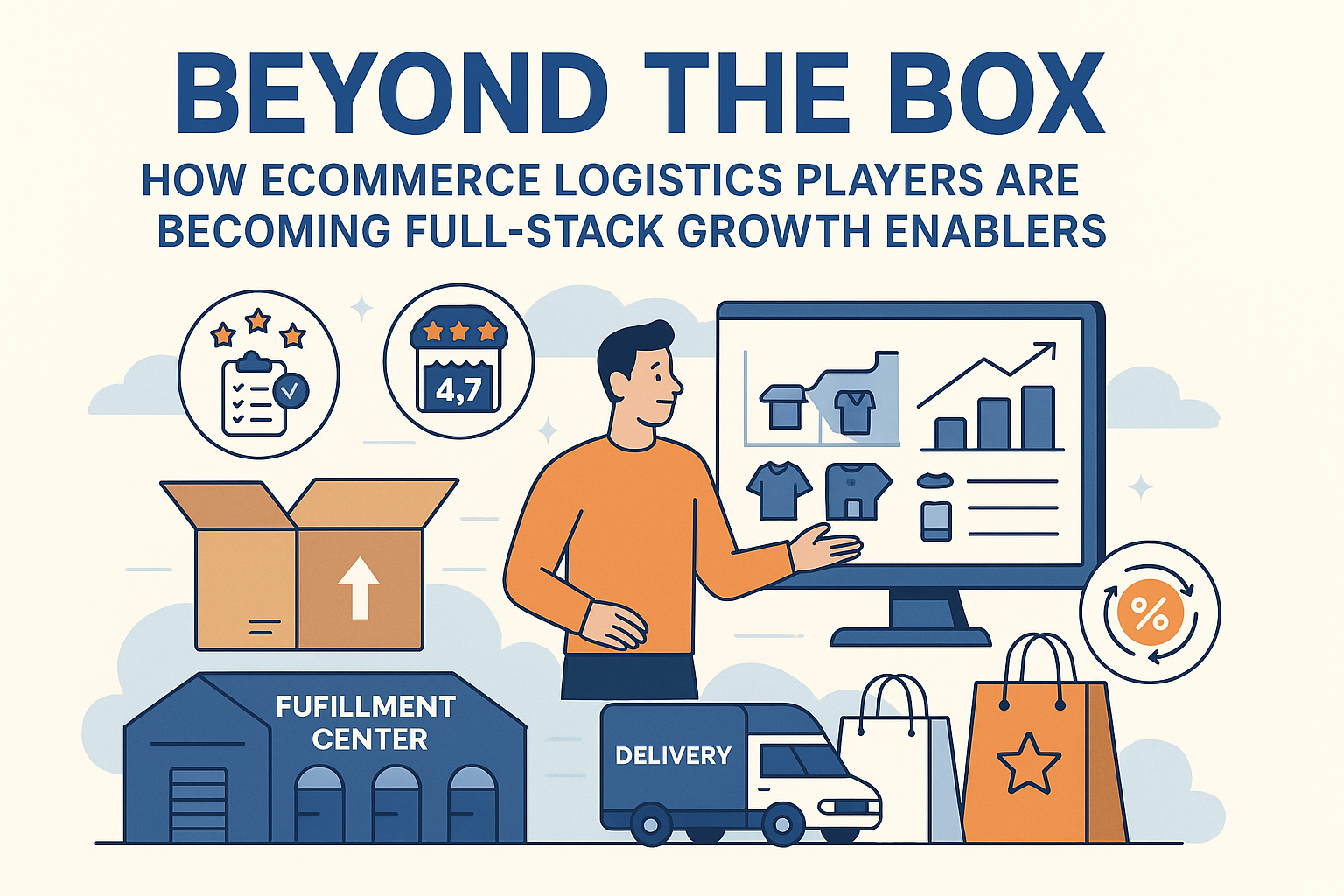Dark Stores vs General Stores

Dark Stores vs General Stores: Who Will Win the Grocery Battle?
In India’s $600 billion grocery market, two fundamentally different models are squaring off. On one side are general stores—India’s ubiquitous Kiranas. On the other, the dark store model—tech-powered, inventory-first mini-warehouses designed for 10-minute deliveries. The battleground? Your daily essentials.
At first glance, the match-up feels unfair. Kiranas, despite their legacy and ubiquity, operate on informal processes and manual inventory. Dark stores run on structured tech, centralized control, and algorithmic decision-making.
But don’t write off general stores just yet. This battle is more nuanced than speed vs scale—it’s about cost structures, trust, accessibility, and staying power.
What Are Dark Stores? And Why Are They Booming?
Dark stores are closed-door fulfillment hubs built in dense urban areas to serve hyperlocal online demand. Platforms like Zepto, Blinkit, and Instamart use them to promise deliveries in 10–20 minutes.
Advantages:
Stock predictability:
Inventory is tightly controlled.
Efficient picking & dispatch:
Warehousing logic in a small space.
Real-time visibility:
Data dictates what’s in stock.
• Fewer missed orders:
No more "yeh item abhi nahi hai".
These dark stores offer convenience at a scale that matches rising urban expectations. Their focus on speed, consistency, and digital ordering makes them extremely attractive—especially to younger, urban, dual-income households.
But General Stores Still Rule India
Over 90% of India’s grocery retail still flows through Kiranas. Why?
Trust and relationships
Decades of neighborhood familiarity.
Informal credit
"Kal paisa de dena bhaiya" still works in most towns
Physical proximity
Within 200 meters of your home.
Personalization
They'll split a pack, suggest alternatives, or throw in freebies.
Most Kiranas also operate at zero marginal cost: family-run operations, no rent, and local sourcing. Their cost structures are impossible for any dark store to match.
Dark Stores’ Hidden Costs
The dark store model, while sexy on the surface, is logistics-heavy and capital-intensive: Real estate in urban zones is expensive. Delivery fleets are costly to manage, especially with low average order values. Promotions and discounts are needed to drive volumes High return rates or failed deliveries increase overhead. Many of these platforms are burning capital to acquire frequency before profitability—a risk-laden model, especially in a price-sensitive market like India.
The Hybrid Future Is Already Emerging
Several players are now betting on a blended model: Amazon’s IHS program leverages Kiranas for last-mile delivery. Jumbotail equips Kiranas with supply chain tech and private-label storefronts. Swiggy Instamart has begun experimenting with offline franchise retail Zepto Café (a storefront) hints that even Q-commerce players are rethinking the full dark model. The big realization: It’s better to enable Kiranas than to replace them. Their customer loyalty, hyperlocal presence, and operational cost advantages make them formidable allies.
So, Who Wins?
There is no single winner. The grocery market in India is too large, too diverse, and too emotionally embedded for one format to dominate. Instead: Dark stores will scale in urban India, for time-sensitive, impulse purchases. General stores will remain dominant in Tier 2/3 and even in cities for planned, trust-based buying. Tech + logistics will bridge the gap, turning offline assets into fulfillment nodes.
If you're thinking about the future of grocery in India, don't pick a side—build the bridge. Because in this market, distribution isn’t just about distance. It’s about trust, cost, and culture. — Samarth



